The 1980s wasn’t just a decade—it was a cultural revolution dressed in neon colors and shoulder pads. Before the internet fractured our collective attention, certain moments united us around TV sets, radio stations, and movie theaters in shared amazement. These watershed events weren’t just entertainment; they were communal experiences that defined a generation and continue to influence how we understand pop culture today.
1. The “Who Shot J.R.?” Phenomenon
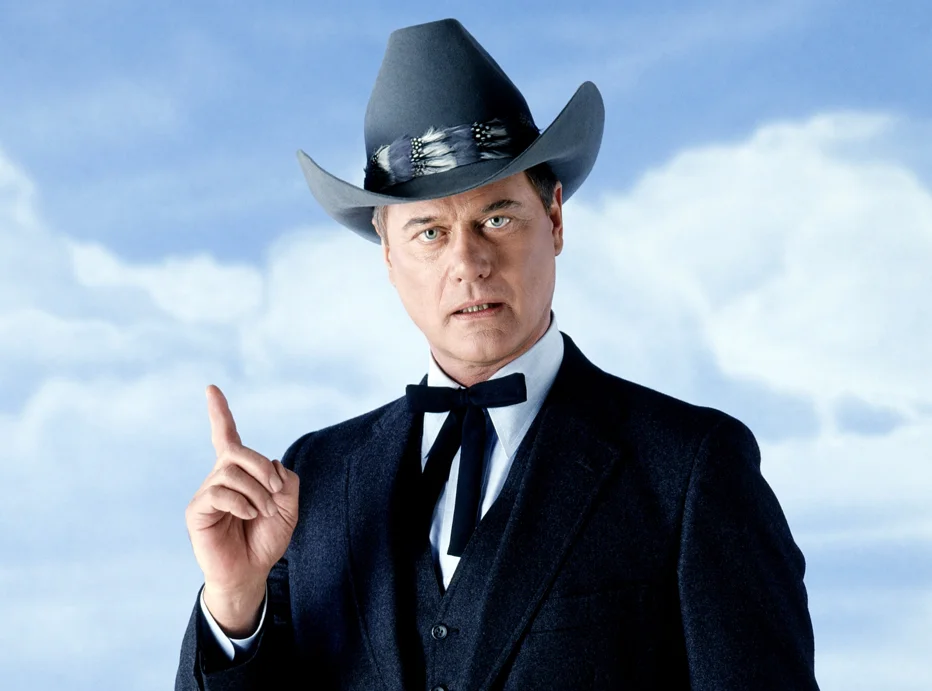
When Dallas aired its famous cliffhanger in March 1980, it created a summer-long national obsession that transcended typical TV viewership. For months, “Who Shot J.R.?” was plastered across t-shirts, bumper stickers, and magazine covers, with betting pools forming in offices across America. When 76 million viewers (a record 53.3% of American households) tuned in for the November resolution, they witnessed not just a plot twist but a landmark moment in television history. The episode’s massive viewership demonstrated TV’s unparalleled cultural power and created the template for season-ending cliffhangers that networks still follow today. EBSCO further credits it with popularizing the primetime soap opera genre as a whole, reshaping the television landscape beyond recognition.
International interest was equally fervent, with the question becoming a global conversation from London to Australia. The resolution episode was delayed overseas due to industry strikes, leading to elaborate security measures to prevent plot leaks—including filming multiple endings to throw off potential spoilers. This watershed moment in television marketing showed networks how a well-executed storyline could transcend entertainment to become a genuine cultural phenomenon.
2. Michael Jackson’s Moonwalk Debut
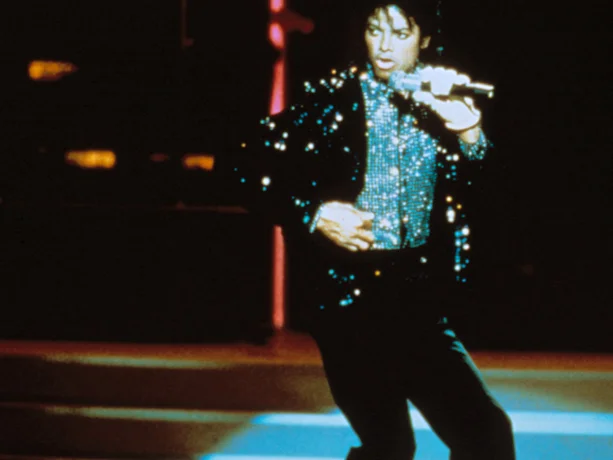
On May 16, 1983, during Motown’s 25th anniversary television special, Michael Jackson executed a move that would redefine dance history. For 47 spellbinding seconds, while performing “Billie Jean,” he glided backward across the stage in what appeared to be a gravity-defying illusion. The studio audience erupted in astonishment, and viewers at home experienced what can only be described as collective amazement. Though Jackson didn’t invent the moonwalk (dancers including Jeffrey Daniel had performed similar moves previously), he perfected and popularized it with such mastery that it became synonymous with his name. As noted by HowStuffWorks, it’s interesting to notice that MJ had his own specific style of moonwalking that, no matter how popular the trend became, was totally distinct to him, and characterized by additional arm movement.
The cultural impact was immediate and seismic—overnight, children across America were attempting to slide across kitchen floors in their socks. Jackson’s performance represented more than just innovative choreography; it marked the moment he transcended his Jackson 5 origins to emerge as the defining solo artist of the decade. The moonwalk became the visual embodiment of Jackson’s singular talent and otherworldly persona—a perfect fusion of music, movement, and magic that exemplified the larger-than-life spectacle of 1980s entertainment.
3. The Day MTV Launched
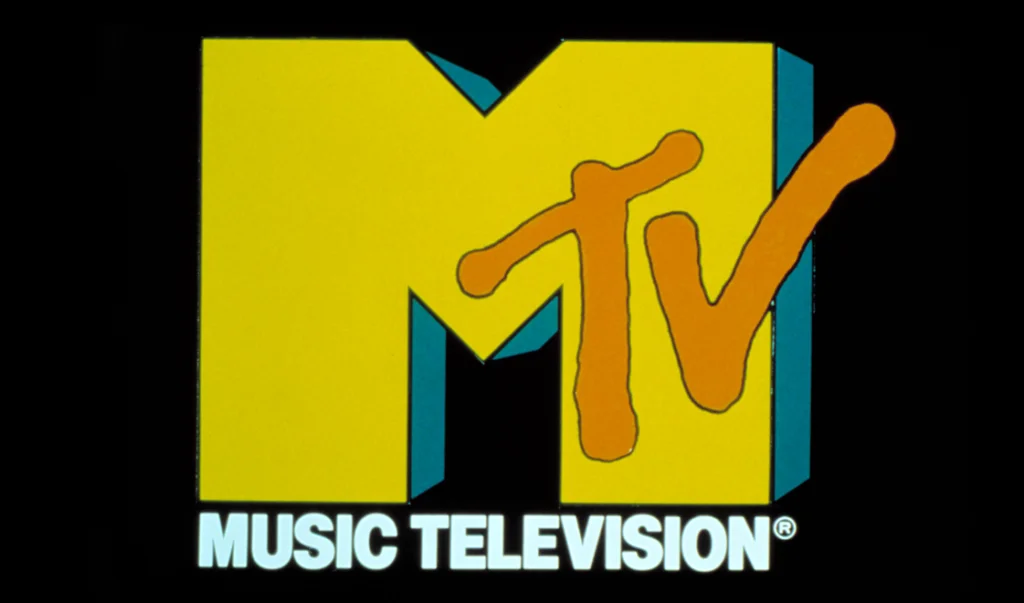
At 12:01 AM on August 1, 1981, the prophetic words “Ladies and gentlemen, rock and roll” introduced a revolution as MTV began broadcasting with The Buggles’ aptly titled “Video Killed the Radio Star.” What started on only a few cable systems would transform not just music but fashion, film aesthetics, and marketing across all media. Early viewers recall the thrill of this new format—suddenly artists weren’t just sounds on the radio but visual personalities whose image became as important as their music. Flood Magazine reported on a documentary by Tyler Measom and Patrick Waldrop all about the craze that began with saying “I want my MTV.”
Within months, record companies that initially dismissed the channel as a fad were rushing to produce videos, and artists who embraced the medium (like Duran Duran and Madonna) saw their careers skyrocket. MTV didn’t just change how we consumed music—it altered what music sounded like, as producers began creating songs with visual presentations in mind. The launch represented a pivotal moment when music evolved from an audio to an audiovisual medium, creating a template for visual storytelling that would eventually lead to YouTube, TikTok, and beyond.
4. Live Aid’s Global Concert Experience

On July 13, 1985, an estimated 1.9 billion people across 150 countries (nearly 40% of the world’s population) watched as simultaneous concerts in London and Philadelphia united the biggest music stars on the planet to fight famine in Ethiopia. Live Aid wasn’t just a charity event but a technological marvel that demonstrated satellite technology’s power to create shared global experiences. Queen’s 20-minute set—widely considered one of the greatest live performances ever—became the day’s defining moment, with Freddie Mercury commanding both the live audience and viewers around the world.
The concert raised approximately $127 million for famine relief and established the template for celebrity-driven activism that continues today. Beyond its humanitarian impact, Live Aid represented a rare moment of global unity during the Cold War, temporarily transcending political divisions through the universal language of music. This massive undertaking proved that pop culture could mobilize people for social causes on an unprecedented scale, forever linking entertainment with activism in the public consciousness.
5. The Challenger Disaster Live on Television
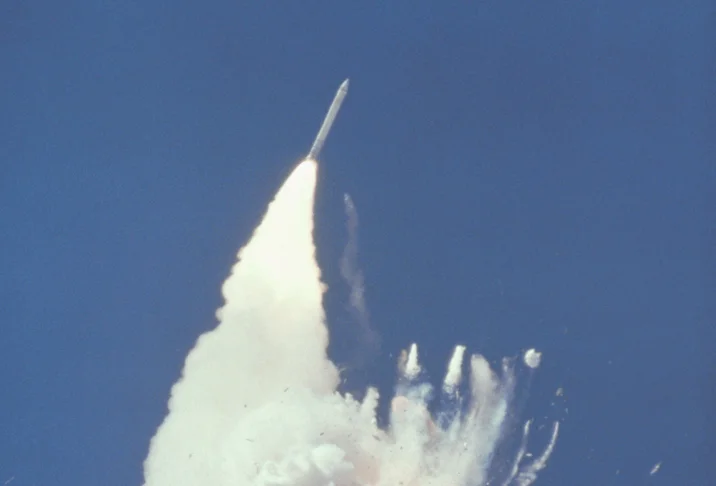
On January 28, 1986, millions of Americans—many of them schoolchildren gathered to watch teacher Christa McAuliffe’s journey to space—instead witnessed tragedy as the Space Shuttle Challenger exploded 73 seconds after liftoff. The disaster unfolded in real-time on television, creating a collective trauma etched into the national psyche. For a generation of schoolchildren who had been studying the mission as part of their curriculum, the explosion became their first experience with large-scale tragedy, similar to how later generations would remember 9/11.
President Reagan’s poignant address that evening, in which he quoted from the poem “High Flight” saying the astronauts had “slipped the surly bonds of earth to touch the face of God,” provided a moment of national consolation. The Challenger disaster marked a turning point in America’s space program and media coverage of high-risk events, leading to significant safety reforms and permanently changing NASA’s public image. For many who witnessed it live, the exact moment and where they were when the Challenger exploded remained vividly recalled decades later—a testament to its profound cultural impact.
6. The “Miracle on Ice” Hockey Victory
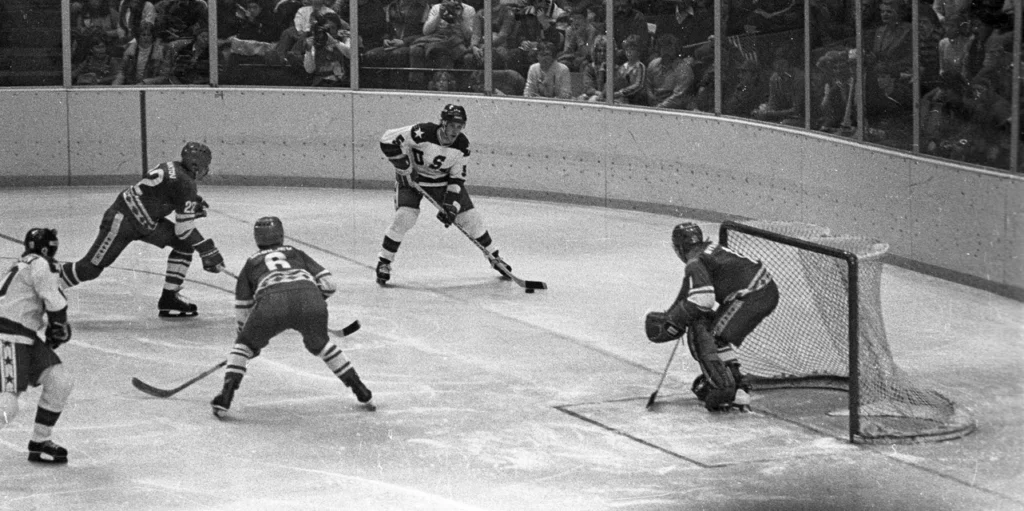
When the U.S. Olympic hockey team—composed entirely of amateur and collegiate players—defeated the seemingly invincible Soviet team at the 1980 Winter Olympics, it transcended sports to become a powerful nationalistic moment during Cold War tensions. Broadcaster Al Michaels’ spontaneous countdown and exclamation “Do you believe in miracles? YES!” captured the incredulous reaction of a nation watching what Sports Illustrated later called the greatest sports moment of the 20th century. The victory came at a pivotal moment in American history, with the Iran hostage crisis ongoing and economic struggles at home.
The game’s cultural significance was so immense that most Americans remember it as the gold medal match, though it was actually a semifinal (the U.S. went on to defeat Finland for the gold). This misconception speaks to how the narrative power of beating the Soviets overshadowed the tournament’s actual structure. The “Miracle on Ice” has since been immortalized in multiple films and documentaries, and has become shorthand for unlikely triumph against overwhelming odds—a perfect encapsulation of American self-mythology during the Reagan era.
7. The Debut of Michael Jackson’s “Thriller” Music Video
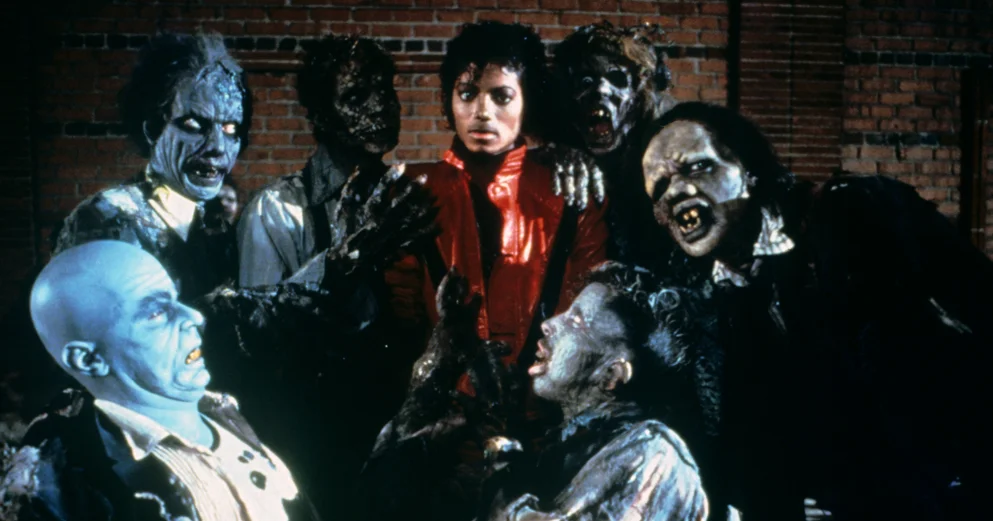
On December 2, 1983, Michael Jackson transformed music videos from promotional tools into cinematic events with the premiere of his 14-minute “Thriller” short film. Directed by John Landis and featuring Hollywood-level makeup effects by Rick Baker, the video’s premiere on MTV was treated like a movie opening, with viewers planning their schedules around it. The unprecedented $900,000 production cost (equivalent to about $2.6 million today) represented a massive gamble that paid off spectacularly when the album’s sales jumped from 200,000 copies per week to 600,000 after the video’s release.
“Thriller” broke barriers beyond its production values—it was among the first videos by a Black artist to receive heavy rotation on MTV, which had been criticized for its predominantly white playlist. The choreographed zombie dance sequence became instantly iconic, replicated at parties and eventually flash mobs decades later. The video’s making-of documentary sold over a million copies on VHS, proving audiences were willing to pay for music video content. By elevating the music video to art form status, “Thriller” set new standards for visual ambition in popular music that artists still strive to match today.
8. The Cultural Phenomenon of “E.T.”
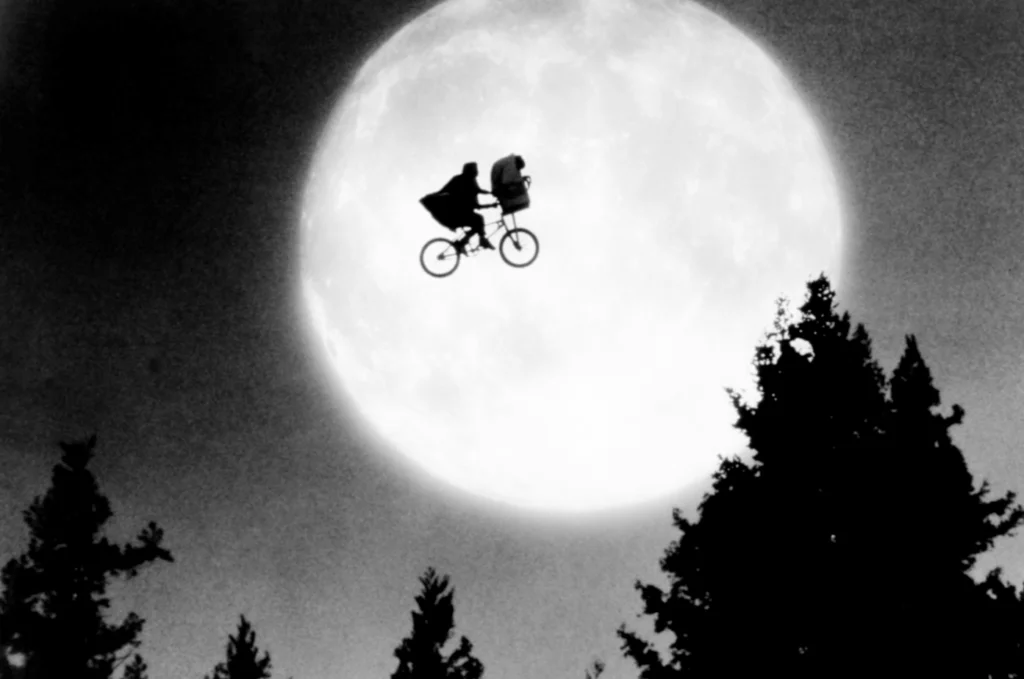
When Steven Spielberg’s “E.T. the Extra-Terrestrial” arrived in theaters in June 1982, it sparked a cultural obsession that extended far beyond cinema. The film’s extraordinary success—it surpassed “Star Wars” to become the highest-grossing film of all time (a record it held for 11 years)—was just the beginning of its cultural impact. Children and adults alike were moved to tears by the story of the gentle alien and his human friend Elliott, with reports of audiences returning for multiple viewings, often bringing boxes of tissues for the emotional finale.
The merchandising explosion that followed was unprecedented, with E.T. dolls, lunchboxes, and video games creating a blueprint for movie marketing that transformed Hollywood’s business model. The film’s imagery became instantly iconic—particularly the scene of Elliott and E.T. flying on a bicycle silhouetted against the moon, which became Universal’s logo. Even Reese’s Pieces saw sales increase by 65% due to their prominent placement in the film. “E.T.” represented the perfect storm of artistic achievement and commercial appeal, demonstrating how deeply a film could embed itself in the broader culture.
9. The Day We Lost John Lennon
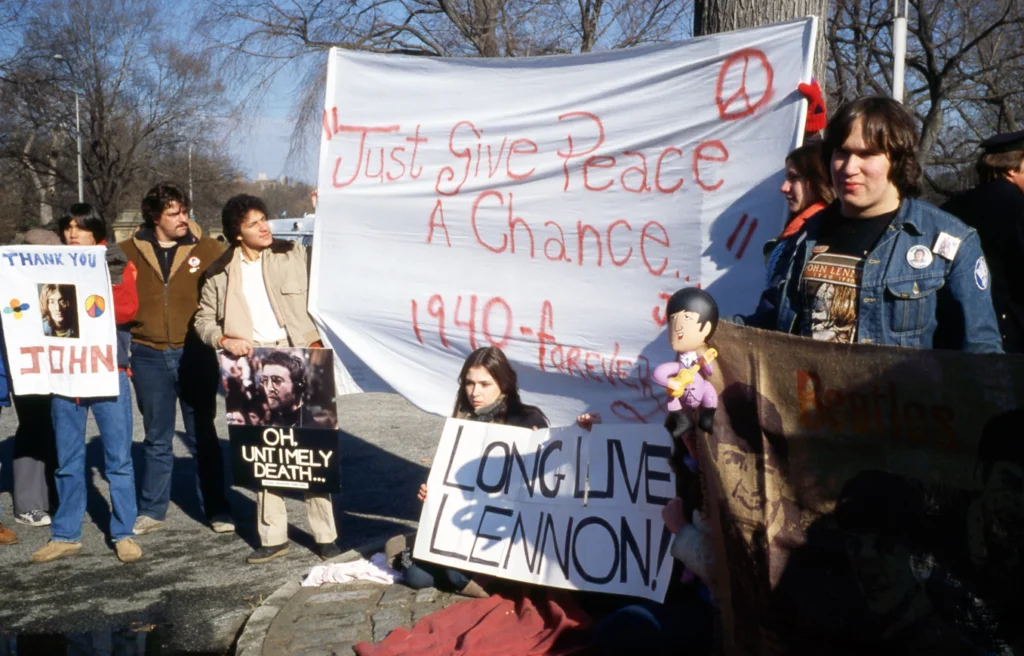
On December 8, 1980, the shocking news of John Lennon’s murder outside his New York apartment building created a wave of public grief unprecedented for a rock musician. The news broke nationally when Howard Cosell announced it during “Monday Night Football,” creating a surreal moment where sports and tragedy collided in prime time. Impromptu vigils formed in cities worldwide, with hundreds of thousands gathering in Central Park’s Strawberry Fields in the days following his death.
The public processing of Lennon’s death—with fans singing “Give Peace a Chance” through tears—foreshadowed how celebrity deaths would be mourned in the media age. Radio stations played Beatles and Lennon solo songs continuously, while his recently released “Double Fantasy” album returned to the charts. His death at age 40 crystalized Lennon’s status as not just a musician but a cultural philosopher whose absence left a void in the social conversation. The outpouring of grief demonstrated how deeply Baby Boomers had invested their own identities in the Beatles’ music and message.
10. The “Cabbage Patch Kids” Shopping Frenzy
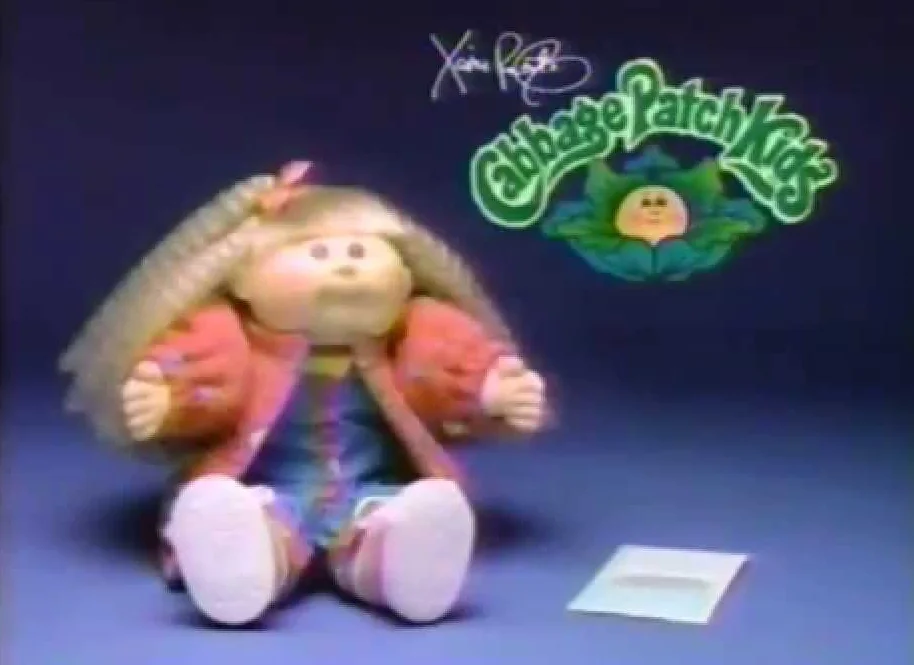
In the 1983 holiday season, America witnessed mass consumer hysteria when demand for Cabbage Patch Kids dolls vastly outstripped supply, leading to scenes of parents literally fighting in store aisles. News footage showed shoppers rushing into stores, pushing and shoving to grab the dolls, with some retailers resorting to holding lotteries to determine who could purchase them. The dolls’ unique selling proposition—that each was “adoptable” with its own name and birth certificate—created an emotional connection that transformed them from toys into perceived individuals.
The phenomenon represented the first modern “must-have” toy craze, establishing a pattern that would repeat with Tickle Me Elmo, Furbies, and other toys in subsequent decades. The frenzy revealed how television news could amplify consumer desire, as footage of empty shelves and desperate parents created even more urgency among shoppers. Economists and sociologists still study the Cabbage Patch phenomenon as a perfect case study in artificial scarcity, mass psychology, and the commodification of childhood in the Reagan-era economy.
11. The Unveiling of Apple’s Macintosh Computer
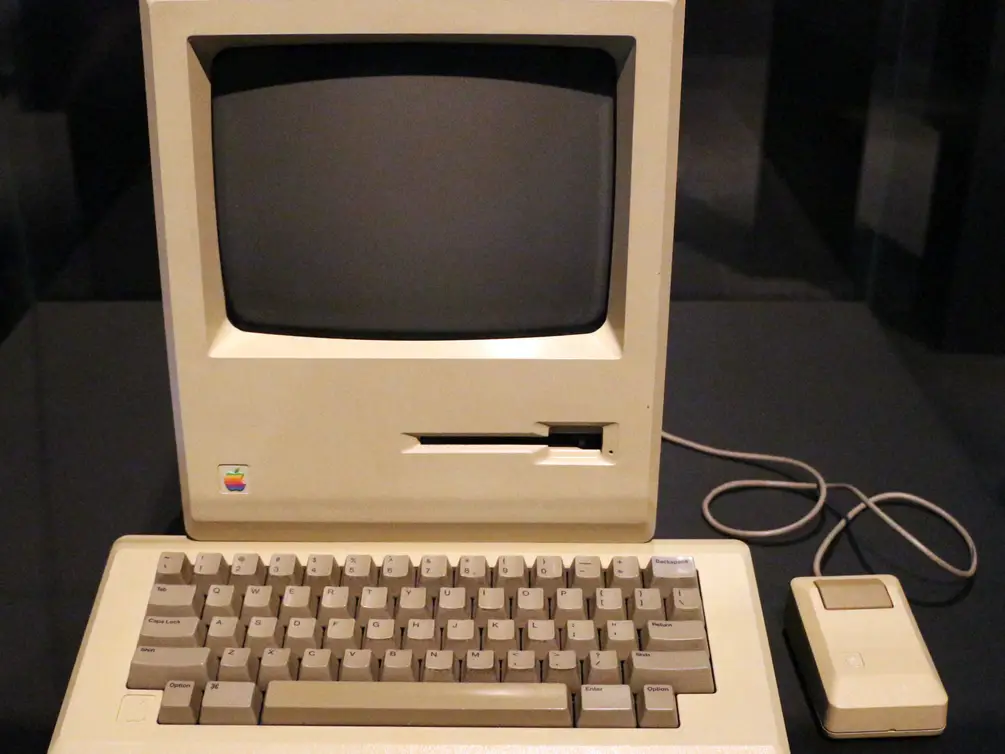
During Super Bowl XVIII on January 22, 1984, Apple aired a 60-second commercial directed by Ridley Scott that not only introduced the Macintosh computer but revolutionized advertising itself. The dystopian “1984” ad, drawing from Orwell’s novel, positioned Apple as the rebellious alternative to conformist computing (implicitly IBM) and was shown nationally just once during the game. The commercial became an instant sensation, generating an estimated $45 million in free publicity through news coverage—far exceeding its then-unprecedented $900,000 production and airtime cost.
Two days later, Steve Jobs unveiled the actual Macintosh at Apple’s shareholder meeting, where the computer famously introduced itself using speech synthesis—a theatrical moment that established Jobs’ flair for product reveals. Though expensive at $2,495 (about $7,000 today) and initially underpowered, the Macintosh’s graphical user interface and mouse fundamentally changed how people interacted with computers. The combination of groundbreaking advertising and innovative product design created a template for technology launches that companies still follow four decades later.
12. The Wedding of Charles and Diana
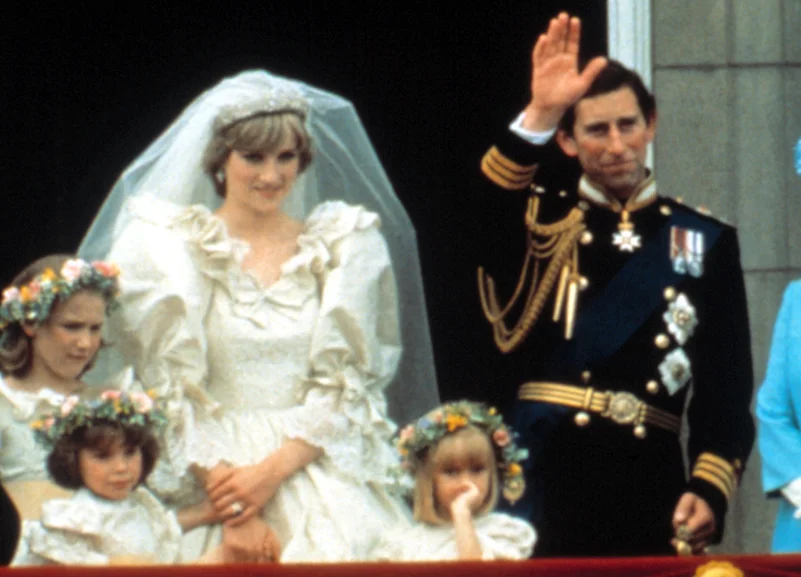
On July 29, 1981, an estimated global audience of 750 million people watched as Lady Diana Spencer married Prince Charles in a ceremony that seemed to embody every fairy tale ever written. Diana’s ivory silk taffeta gown with its 25-foot train instantly set bridal trends for a decade, while her shy “Diana look” (head tilted down, eyes looking up) became widely imitated. The ceremony temporarily restored a sense of magic to the British monarchy, creating what appeared to be a perfect fusion of ancient tradition and modern celebrity.
The wedding’s massive viewership demonstrated television’s power to create global communal experiences before the internet age. In the United States, where the ceremony aired at 5 a.m. on the East Coast, people set alarm clocks and hosted pre-dawn “wedding watch parties” complete with English breakfast and commemorative souvenirs. The event’s enormous cultural footprint made the couple’s subsequent troubled marriage and Diana’s tragic death all the more impactful, creating a narrative arc that spanned the decade and beyond.
13. The Launch of the Original Nintendo Entertainment System
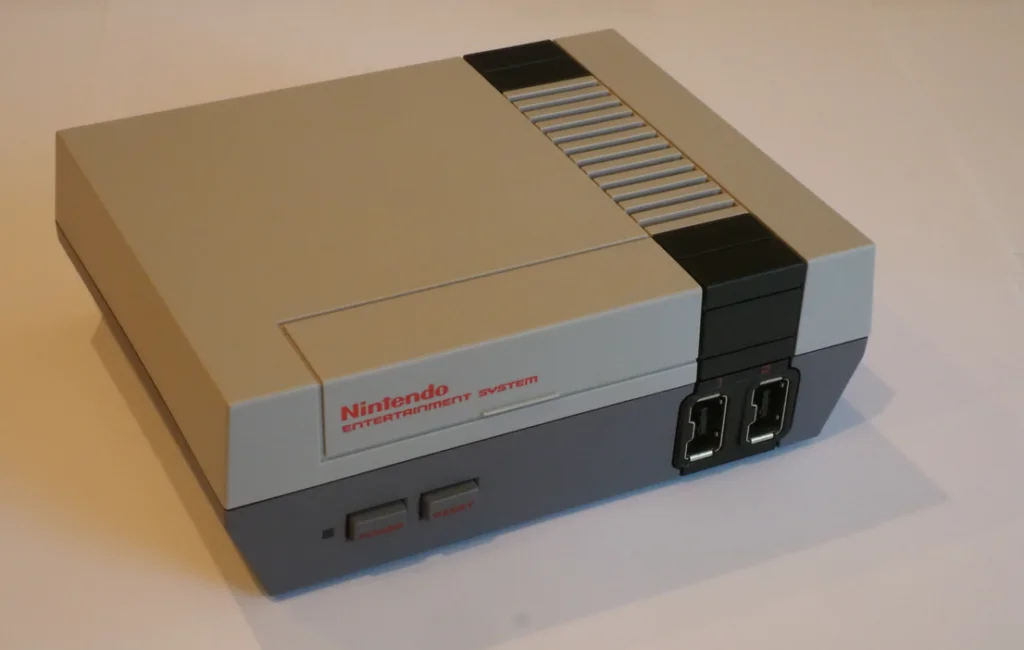
When Nintendo released its NES console in America in 1985 (after a limited test market in 1984), it revitalized a video game industry that had crashed dramatically just two years earlier. Parents who had sworn off video games after the Atari market collapse found themselves unable to resist their children’s pleas for Super Mario Bros. The NES wasn’t just another gaming system—it represented a cultural reset that established Japan as a dominant force in entertainment technology and created gaming icons that remain relevant decades later.
The system’s impact extended beyond gaming into broader popular culture, with the Nintendo Power magazine reaching a circulation of 1.5 million subscribers and the Super Mario Bros. theme becoming one of the most recognizable melodies in the world. Nintendo’s strict quality control (after witnessing how poor-quality games had destroyed Atari) created a generation of gamers with shared cultural touchstones. The distinctive rectangular controller, the ritual of blowing on cartridges, and the frustration of fighting Mike Tyson in Punch-Out!! became collective experiences that unified children across geographic and socioeconomic boundaries.
14. The Fall of the Berlin Wall
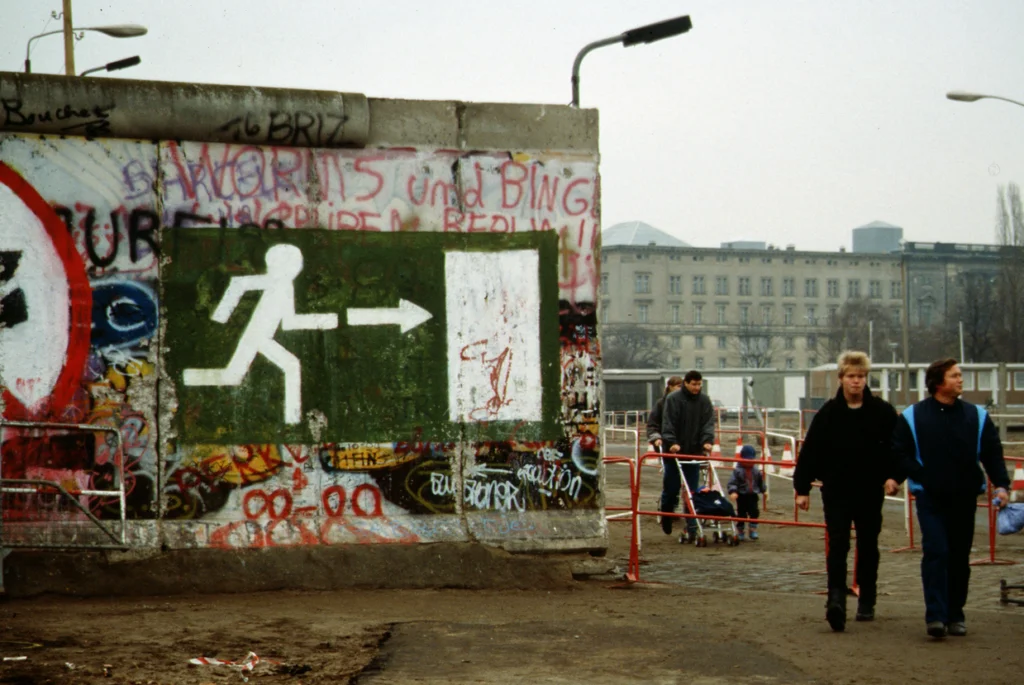
On November 9, 1989, East Berliners crossed freely into West Berlin as the Berlin Wall—the most potent physical symbol of the Cold War—effectively fell after 28 years. Television brought the jubilant scenes of Germans from both sides celebrating atop the wall directly into living rooms worldwide, creating an indelible image of political change happening in real-time. The moment felt surreal to viewers who had grown up with the wall as a seemingly permanent fixture of the geopolitical landscape, making its fall seem both impossible and inevitable simultaneously.
The soundtrack to this historic moment came when David Hasselhoff performed his song “Looking for Freedom” at the partially demolished wall on New Year’s Eve 1989, wearing a light-up jacket covered in flashing bulbs. While this performance might seem kitsch in retrospect, it perfectly encapsulated how pop culture and politics had become intertwined. The wall’s fall provided a symbolically perfect conclusion to a decade shaped by Cold War tensions, with the physical destruction of the barrier serving as a visual metaphor for the collapsing Soviet system. For those watching live, the moment represented history unfolding with the dramatic pacing of a Hollywood movie.
The 1980s delivered these larger-than-life moments to us without the filter of social media or the fragmentation of streaming services. We experienced them together—in living rooms, school cafeterias, and workplace break rooms—creating a shared cultural vocabulary that defined a generation. These weren’t just events we witnessed; they were collective experiences that shaped how we understand entertainment, celebrity, and global connection. In today’s fractured media landscape, it’s worth remembering a time when certain cultural moments truly felt bigger than life because, for a brief moment, they united us all in shared amazement.


